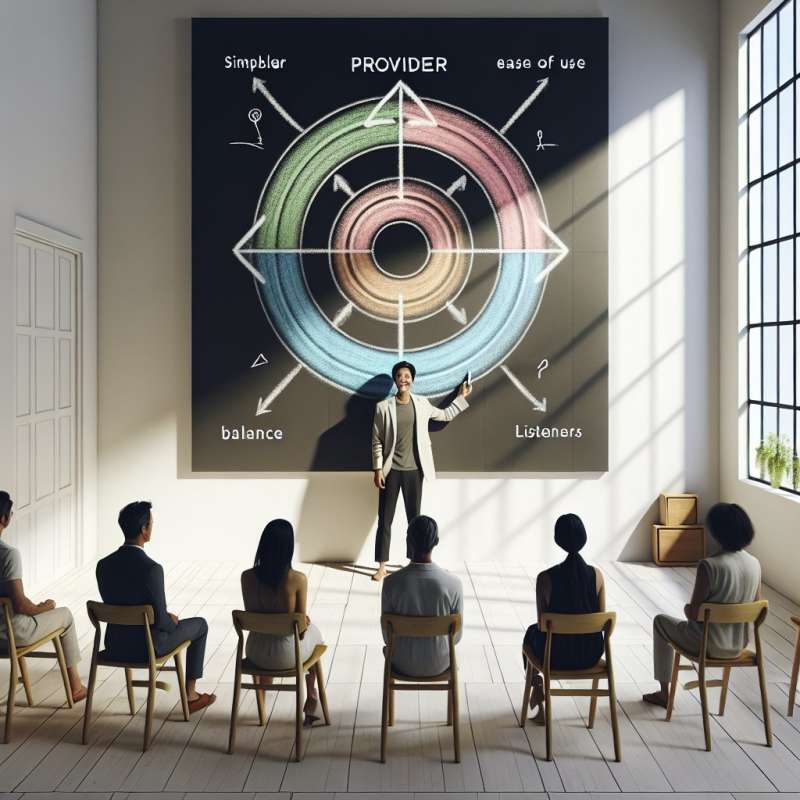
Patterns Overview
Architectural patterns structure an app's codebase. In Flutter, common patterns include MVC, MVP, and MVVM. These patterns dictate the app's data flow, state management, and UI rendering, aiming for maintainable and scalable code.
MVC: Classic Approach
Model-View-Controller (MVC) separates data (Model), UI (View), and logic (Controller). Flutter's reactive framework allows Views to rebuild when Models change, but MVC can lead to bloated Controllers, a well-known pitfall.
MVP: Testability Enhanced
Model-View-Presenter (MVP) is similar to MVC but promotes testability. The Presenter contains the logic, making it easier to write tests. Flutter's Widget testing benefits from MVP's clear separation.
MVVM: Binding Magic
Model-View-ViewModel (MVVM) introduces data binding, reducing manual UI updates. Flutter's 'provider' package often pairs with MVVM, streamlining state management across larger apps.
BLoC Pattern
Business Logic Component (BLoC) pattern utilizes streams and sinks for state management in Flutter. It's highly effective for complex app states and ensures a clean separation between logic and UI layers.
Provider: Simplicity Wins
The Provider pattern, not to be confused with the package, offers simplicity. It uses a mix of listeners and notifiers to manage state, striking a balance between functionality and ease of use.
Riverpod: Provider's Evolution
Riverpod is Provider's evolution, addressing its limitations. It's more flexible, testable, and allows for better control of the dependency graph. Riverpod is the go-to for robust Flutter state management.
What does MVC stand for?
Model-View-Controller
Model-View-Component
Model-View-Collaborator
Company